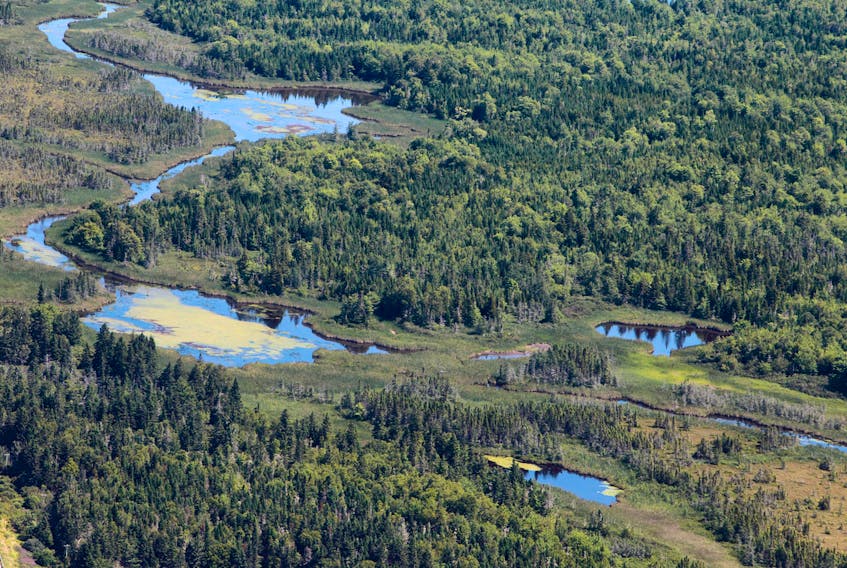SACKVILLE, N.B. - To help celebrate Earth Day, the Nature Conservancy of Canada is announcing the protection of 131.5 hectares of forest and salt marsh on the Isthmus of Chignecto in southeast New Brunswick.
It’s part of the group’s ongoing project to conserve wilderness habitat for a vital Maritime wildlife corridor.
The not-for-profit organization has acquired 79.5 hectares of wetlands and forest in Halls Hill, near Sackville, N.B., an important addition to NCC’s existing conservation areas on the Chignecto Isthmus, the narrow stretch of land between New Brunswick and Nova Scotia.
Approximately 25 kilometers across at its narrowest point, the isthmus provides the only land connection between wildlife populations in Nova Scotia to those in the rest of North America.
NCC has so far conserved more than 1,375 hectares on the isthmus on both sides of the Nova Scotia/New Brunswick border, helping to link existing protected areas and to secure a permanent wildlife corridor.
The Halls Hill conservation area contains a mix of mature and regenerating forest, and borders other land protected by NCC. The new NCC land is located between the federally-protected Tintamarre National Wildlife Area in New Brunswick and the provincially-protected Chignecto Isthmus Wilderness Area in Nova Scotia.
Protecting mature forest habitat here is critically important for the health, movement, and renewal of wildlife populations, especially the endangered mainland moose of Nova Scotia. If this narrow strip of wilderness is not conserved, over time, Nova Scotia would become an “ecological island” as far as wildlife is concerned.
Along with the Halls Hill property, NCC has purchased a coastal property in nearby Shemogue, which provides habitat for many species of shorebirds and migratory birds.
The 52-hectare property at Comeau Point features 1.5 kilometres of shoreline, including an intact and provincially significant salt marsh, a type of wildlife habitat which is becoming increasingly rare on the Northumberland Strait.
Willet and Nelson’s sharp-tailed sparrow have been identified on the property, two birds whose populations are in decline.
Conservation of these two properties was made possible through funding from the federal government’s Natural Areas Conservation Program, a program established to accelerate the conservation of privately owned land in Canada.
This project also includes a partial land donation made through the Government of Canada’s Ecological Gifts Program, which provides enhanced tax incentives for individuals or corporations donating ecologically significant land.
The Open Space Institute, U.S. Fish and Wildlife Service, Crabtree Foundation, McCain Foundation and many private donors also supported these conservation projects.









